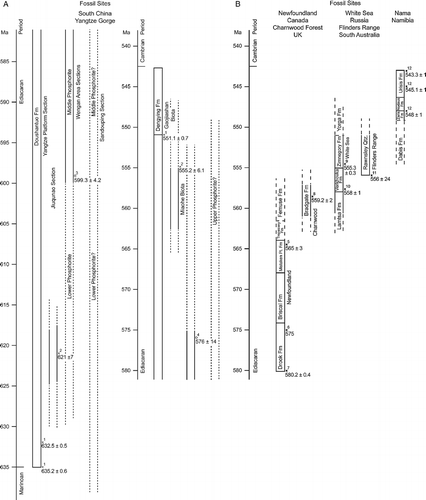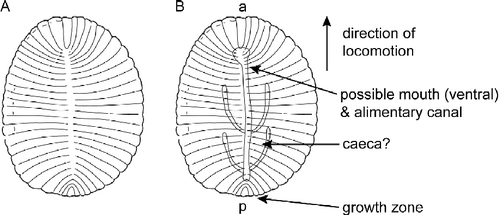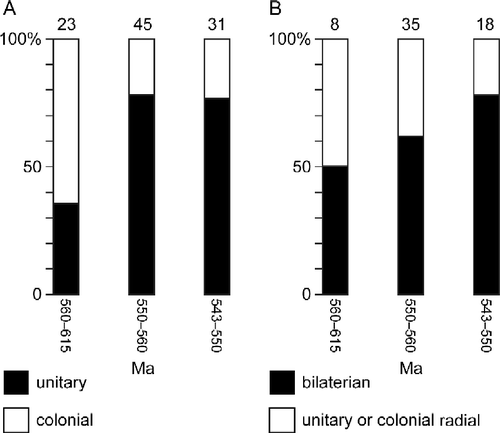Figures & data
Table 1. Time of first appearance, and type of Ediacaran genus.


